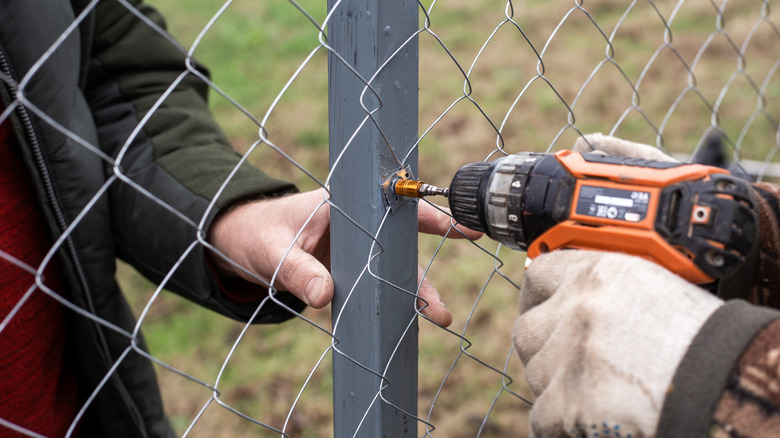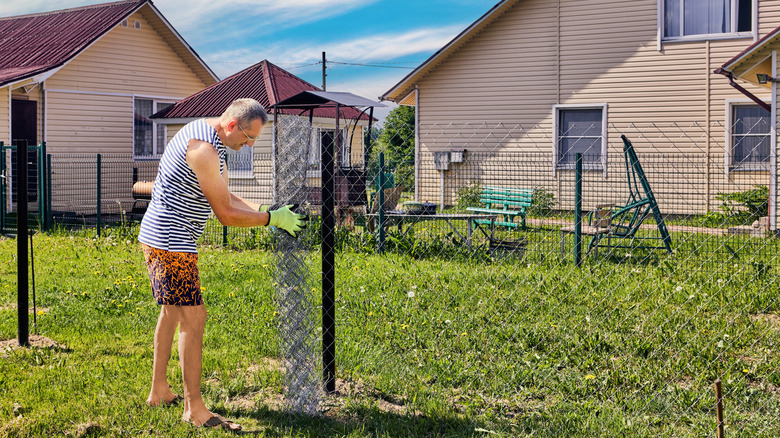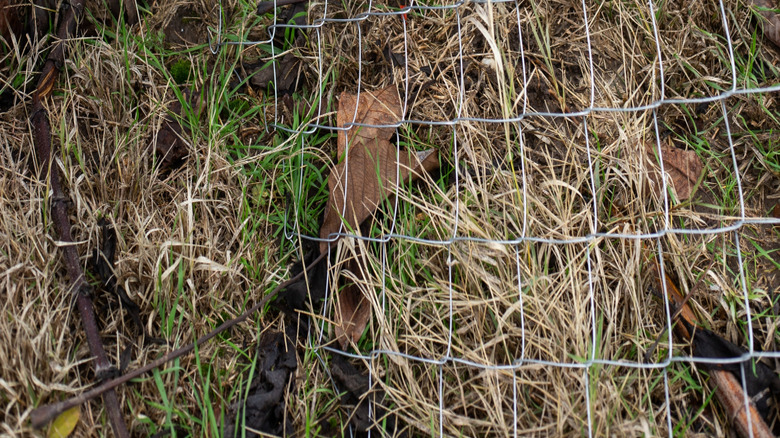Common Mistakes To Avoid When Installing Chain Link Fence
DIYing a chain link fence might seem like a simple project, but there are many mistakes everyone makes when installing a fence, and failing to plan properly can lead to costly and frustrating issues. Perhaps one of the top oversights is not checking the property line before installation. Installing your fence even a few inches over a property line can lead to conflicts with neighbors or the tearing down of your fence to start over. Similarly, a failure to investigate local zoning laws and permit requirements can lead to fines or mandatory modifications.
Another critical mistake is skipping the utility check. Digging post holes without verifying the location of underground utilities can lead to damaged pipes or cables, resulting in expensive repairs and potential safety hazards. Additionally, underestimating the impact of the terrain on installation can make the process much harder. Sloped or uneven ground requires special adjustments, such as stepped or contoured fencing, to ensure stability and proper function. Before beginning, measure carefully, check local regulations, and assess the land. A well-planned installation saves time, money, and stress in the long run.
Cutting corners with materials and installation
Once planning is complete, you'll need to choose the right backyard fencing for your family's lifestyle. That includes choosing the right materials. A common mistake is choosing the cheapest materials without considering durability. Thinner-gauge chain link fencing may be a more economical option, but it bends, rusts, and wears out sooner. Galvanized or vinyl-coated fencing can last much longer and requires far less maintenance.
Another major error is improper post installation. The foundation of a solid chain link fence is the fence posts, and they need to be set properly. Posts that aren't driven deep enough — particularly in areas that experience frost — can shift over time, and this will cause the fence to become rickety. Generally, posts should be buried at least 24 inches deep for a 4-foot fence and set in concrete for optimal support.
Similarly, tension is key to a secure fence. Failing to stretch the chain link fabric tightly can result in sagging material, which reduces both security and aesthetics. Using a tension bar and pulling the fence taut ensures a professional, long-lasting installation.
Overlooking finishing touches and maintenance
Even after a chain link fence is installed correctly, simple mistakes will inevitably create problems down the road. One common mistake is neglecting to secure the fence properly at the bottom. While the fence may serve its function as a property boundary and added security, any gaps between the fence and the ground make it easy for pets to escape or for unwanted animals to enter. One fence idea to keep annoying animals and pests out of your garden is installing bottom tension wire or burying the bottom of your fence to create a better barrier.
Not sealing and protecting metal components is another pitfall. Though galvanized fencing is resistant to rust, any minor cuts and scrapes can provide an opportunity for corrosion over the years. Applying some rust-resistant paint or sealant to exposed areas helps decrease the fence's wear and tear. Finally, many homeowners forget that chain link fences require occasional maintenance. Over time, weather conditions, soil shifts, and general wear can cause loosening or sagging. Regularly checking and tightening bolts, repairing bent sections, and keeping vegetation away from the fence helps maintain its integrity.


